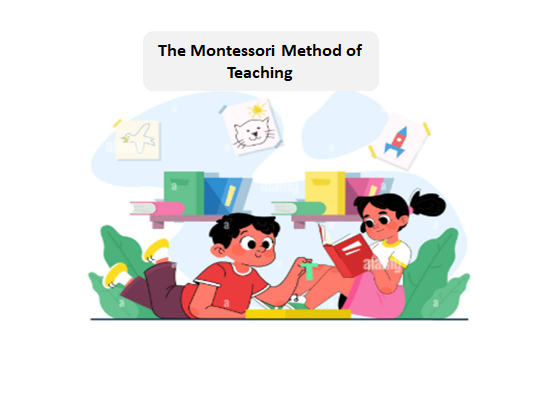The Montessori Method of teaching, developed by Dr. Maria Montessori in the early 1900s, is a uniquely progressive educational philosophy that prioritizes hands-on learning, student independence, and respect for each child’s individual learning pace, this approach challenges traditional education by focusing on the child as an active participant in their own learning process, rather than a passive recipient of information. Today, Montessori schools are found all over the world, adopting this philosophy to develop well-rounded, independent, and curious learners.
The foundation of the Montessori Method
Child-Centered Learning
The central idea of the Montessori Method is that education should revolve around the needs, interests, and natural development of the child. Dr. Montessori observed that when given the freedom and autonomy to explore their interests in a structured environment, children are naturally motivated to learn. Teachers play a key role in facilitating this exploration, known as guidance, without imposing a rigid curriculum. Rather than teaching students what to learn, they provide the tools and guidance for children to discover knowledge on their own.
Prepared Environment
The Montessori classroom is inviting, organized, and filled with materials that encourage hands-on learning. The physical space is organized to promote exploration and independence, with clearly defined areas for different subjects such as math, language, science, and art. The materials are specifically designed to be self-correcting, enabling children to learn through trial and error. This setup fosters a sense of ownership and responsibility for their learning journey

Freedom within Structure
The Montessori approach balances freedom with responsibility. Children are given a great deal of freedom to choose their own activities, but within the boundaries established by the teacher. This freedom greatly helps to develop self-discipline, as children learn to make thoughtful decisions and manage their time effectively. The teacher’s role is to observe, guide, and provide opportunities for meaningful learning experiences.
Learning through Movement
The Montessori Method encourages children to engage in physical activities. Which help them better understand abstract concepts. That is integrated into the learning process as children interact with learning materials, requiring them to manipulate, build, or move around the classroom. This connection between physical activity and cognitive development greatly helps strengthen neural connections and promote deeper learning.
Focus on Intrinsic Motivation Montessori Method
Montessori education emphasizes intrinsic motivation rather than external rewards. Children are motivated not by grades or praise but by their natural desire to understand the world around them. The self-correcting nature of Montessori materials encourages independent problem-solving, and when children successfully complete a task, they experience a sense of accomplishment that compels them to seek out more problems.
Conclusion
The Montessori Method of education represents a forward-thinking approach to education, which respects the uniqueness of each child while providing the freedom to explore and learn at their own pace. With a focus on self-directed learning and emotional development, this method has proven to be an effective way to train lifelong learners who are curious, self-motivated, and capable of critical thinking. If these issues remain, the Montessori Method impresses teachers and parents alike, offering an alternative to traditional education that focuses on the holistic development of children.






Leave a Reply